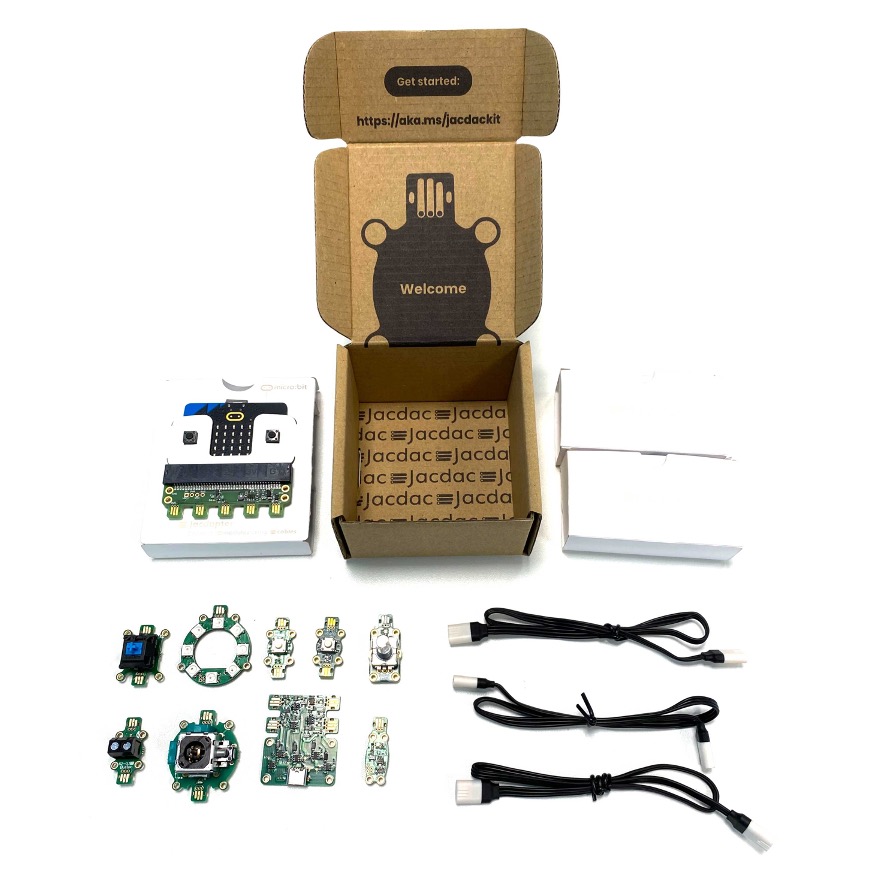Over 1 billion people around the world have some form of disability and nearly everyone will experience disability at some point in their lifetime.
No disability is alike. Everyone faces their own unique challenges brought on by disability—an accessible solution for one person often does not translate to another.
Switch-based assistive technologies like the Xbox Adaptive Controller (opens in new tab) empowers more people than ever before to engage with personal computing devices. But what happens when disability prevents the use of a switch?
Project MakeAccessible embraces the idea that every one has different needs that mass market accessibility solutions cannot address. People with disabilities, allies, and occupation therapists need the ability to create new assistive technology to address the long-tail of disability. Current prototyping solutions require an extreme amount of technological knowledge, leaving only mechanical modifications. What if we could empower everyone to build the custom assistive technologies that they need?
Further detail
Project MakeAccessible was realized during Microsoft’s company wide 2021 hackathon event. MakeAccessible was itself a hackathon—we had over 80 hackers from around the world and we involved 3 external NGOs: Makers Making Change (Canada), MustardTek (previously Hackability; China), and Beijing Union University (China).
Three technologies underpinned Project MakeAccessible: Microsoft MakeCode (opens in new tab), the BBC micro:bit V2 (opens in new tab), and Jacdac (opens in new tab), a new prototyping technology from Microsoft Research. Jacdac focuses on making new devices as easy as possible through plug-and-play modular prototyping. The micro:bit V2 acted as a controller for all Jacdac modules. MakeCode was used to define the role of each module and how modules interacted with one another. Jacdac also integrates with modern web technologies, allowing users to quickly and easily build simple configuration interfaces for their devices.
Because MakeAccessible relies upon electronics hardware, we shipped hardware kits to hackers around the world. Each hardware kit contained a micro:bit V2, a micro:bit jacdac adapter, and a selection of Jacdac modules. Kits were tailored to each hacker based upon a form hackers were prompted to fill out when registering for the hackathon.
The hackathon took place across 4 continents (Africa, Europe, Asia, and North America) and spanned many time zones as a result. In total, there were over 80 participants, with around 50% based in North America.
With such a diversity of time zones, we decided to split the hackathon into two groups: east of UK, and west of UK. The UK was used as the reference point as this was were the leads were based. The UK also sat in the middle of the extreme time zones of each group meaning that most meetings could be chaired from the UK.

